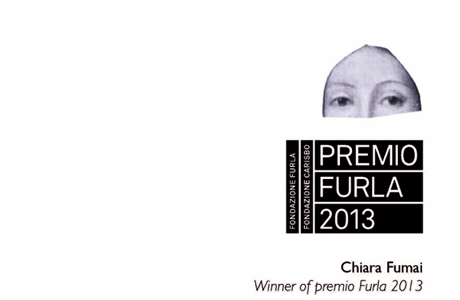Francesco Urbano Ragazzi
Vito A. in the Land of Whip. A Short Guide to Chiara Fumai's The Return of the Invisible Woman
On Figure/s. Drawing After Bellmer.
Published by Ma Bibliothèque, 2021.
Essay by Francesco Urbano Ragazzi included in the book.

On Figure/s. Drawing After Bellmer.
Raised by a fascist father in Nazi Germany, the Surrealist artist Hans Bellmer (1902-1975) dedicated his œuvre to a perverse rewriting of the symbolic order. Famous for the two dolls he constructed in the mid-1930s, his transgressive ideas around the body as anagram were shared by his partner Unica Zürn. Both broke received codes of behaviour and the implicit rules of language, providing fertile ground for artists and other thinkers, including feminists, to similarly rewrite the body. This publication gathers responses to its themes: body as letter, word and sentence; perversion and enjoyment; technical and forensic drawing in pursuit of pleasure; the other than human—becoming object, plant, animal. This book is a way to think through and with works of art and their histories, involving multiple textual forms, collage, and drawing, which take the radical and transgressive energy of Bellmer and Zürn in unexpected directions. The volume accompanies the exhibition FIGURE/S: Drawing After Bellmer curated by Michael Newman and Kate Macfarlane at The Drawing Room, London, from 10 September to 31 October 2021.
In their essay, Francesco Urbano Ragazzi analyses The Return of the Invisible Woman, a collage series the feminist Italian artist Chiara Fumai made in 2014. The ten collages that compose the artwork narrates the story of Ballroom, the very last performance ever staged in Vito Acconci’s career. The story is told from the point of view of the woman who interrupted Acconci during a rerun of the piece in 1973, thus causing the artist to stop performing forever. In her collage series, Chiara Fumai transforms the relationship between Acconci and the anonymous woman in a BDSM fanfiction where the latter plays the role of a mistress. In doing so, the Italian artist portrays the unforeseen incursion of a feminist subject in a male-dominated world. Francesco Urbano Ragazzi’s essay unravels the many references included in Fumai’s collage series, also clarifying the political implications expressed in it. The ultimate goal of the article is to explain why Chiara Fumai described her work as “a declaration of love to the most extreme aspects of Acconci’s performative art”.
Other contributors to the publication: Paul Buck, Lola Bunting, Alice Butler, Paul Chan, Iris Colomb, Vincent Dachy, Zoë Dowlen, Rachel Genn, Aurelia Guo, Mathew Hale, Tom Hastings, Rebecca Jagoe, Sharon Kivland, Sarah Lederman, Kate Macfarlane, Kumi Machida, Louis Mason, Reba Maybury, Jade Montserrat, John Murphy, Michael Newman, Bernard Noël, Tamarin Norwood , Francesco Urbano Ragazzi, Aura Satz, Sophie Seita, Anne Lesley Selcer, Isabel Seligman, Sarah Wilson.
On Figure/s. Drawing After Bellmer is edited by Kate Macfarlane, Michael Newman, Sharon Kivland, and Louis Mason.
ISBN: 978-1-910055-77-9









